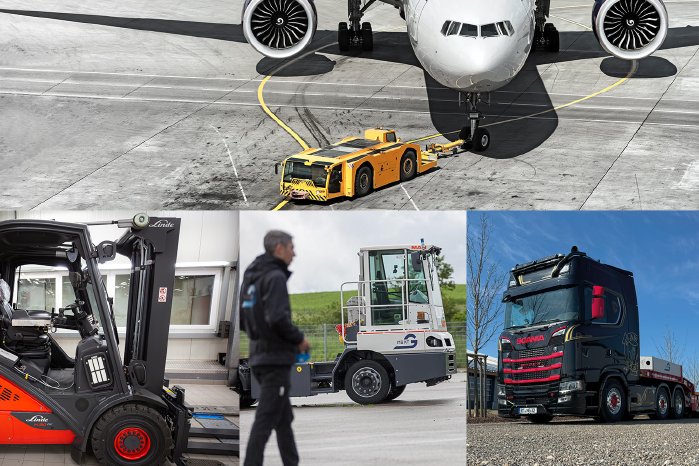While many still discuss autonomy as a future vision, Arnold NextG is already delivering it. With Drive-by-Wire, vehicles become digitally controllable – safely, scalably, and certified.
Market Potential – Facts That Move the Industry
The business case for autonomous logistics is already compelling:
- 155 billion US-Dollar projected market size for last-mile delivery by 2030 (McKinsey, 2023)
- plus 24 percent CAGR in autonomous logistics vehicles (MarketsandMarkets, 2024)
- 40 percent of logistics costs come from last-mile delivery – a clear target for automation
- 1 in 4 industrial accidents is forklift-related (British Safety Council)
- EU Climate Goal by 2050: minus 90 percent emissions from transport (European Green Deal)
The key to safe and scalable autonomous logistics is a control system that’s fail-operational and highly secure. Arnold NextG’s NX NextMotion provides exactly that: a modular, fully electronic architecture for steering, braking and acceleration – without any mechanical coupling.
Core Capabilities:
- Full Drive-by-Wire integration
- Certified to ASIL D, SIL 3, ISO 21434, UNECE R155
- Multi-redundant and fail-operational architecture
- Platform-independent – suitable for shuttles, delivery robots, forklifts, commercial vehicles
- OTA-ready, V2X-capable for future-proof integration
- Rethinking the Last Mile
Autonomous micro-shuttles and delivery bots can reduce emissions, ease congestion, and enable precision time-slot deliveries in urban areas.
2. Off-Road, On-Point
Industrial and airport logistics benefit from autonomous vehicles handling repetitive tasks—improving safety, uptime and operational predictability.
3. Long-Haul Made Autonomous
Drive-by-Wire systems enable autonomous highway corridors for trucks—offering huge potential for freight operators under pressure.
It’s no longer a question if autonomous logistics will happen – but how fast it can scale. The following drivers make a strong case for immediate investment:
- Talent shortage: Over 150,000 truck drivers projected to be missing in Germany alone by 2030
- Workplace safety: Autonomous systems reduce incidents in hazardous environments
- Sustainability: Electric powertrains, precision driving and route optimization reduce CO₂ emissions
- Competitive edge: Early adopters gain cost, efficiency, and technology leadership
Key insights from the study include:
- Up to 40 percent cost reduction in urban deliveries (McKinsey, cited in PAVE, 2025)
- 3 million+ unfilled driver positions globally (IRU, 2023)
- significant safety gains through sensor-based 360-degree-vision and AI logic
- Increased fuel efficiency via platooning and predictive driving patterns
Coming Up: Our New Series “RETHINKING LOGISTICS”
Stay tuned as we explore the key drivers of autonomous logistics across five focus areas:
- Last Mile, Maximum Impact – redefining urban delivery
- Off-Road. On-Point. – autonomous mobility for industrial logistics
- Long-Haul Reimagined – future-proof freight transport
- Economy, Environment, Safety – the triple return on automation
- Building Trust Through Technology – why Drive-by-Wire is foundational


